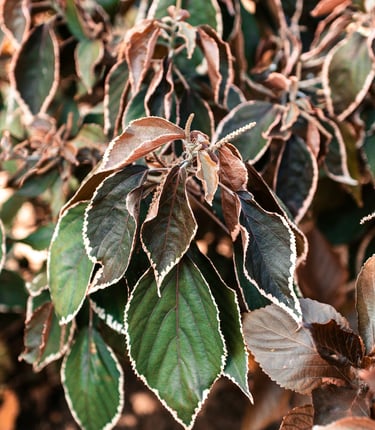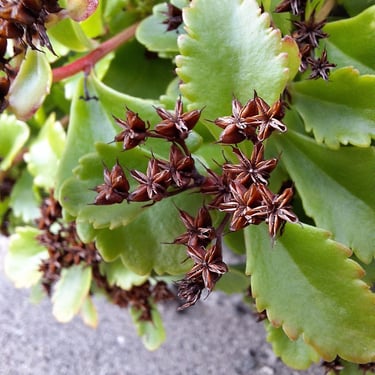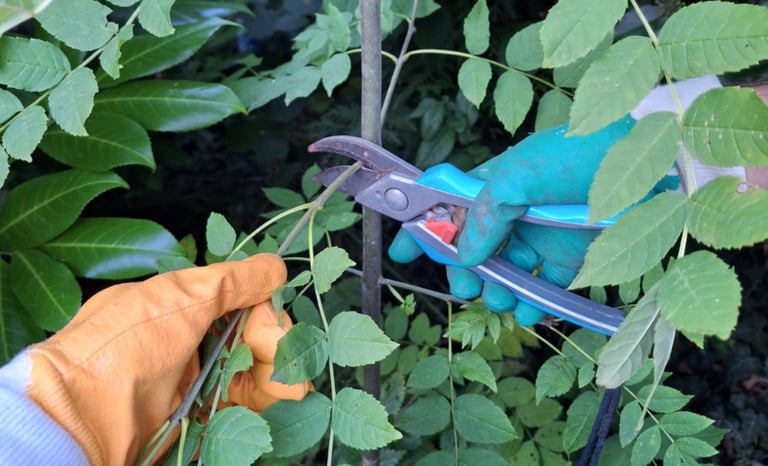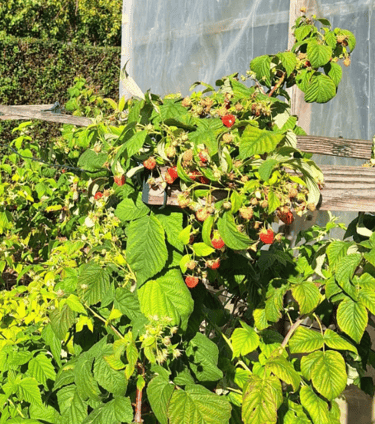How to Revive and Bring Dying Shrubs Back to Live
Reviving dying shrubs in your garden may seem challenging, but with the right care and approach, it's often possible to bring them back to health. This in this article, we will guide you through practical steps to revive your shrubs.




Assessing the Health of Your Shrubs
Start by carefully examining your shrubs. Look for signs of life, such as green stems or any new growth. Check the roots – healthy roots are firm and light in color. A simple scratch test on the branches can also indicate health: live branches will be green on the inside. It is important to identify whether the problem is due to environmental factors, pests, or diseases for the right treatment.
Reviving Overwatered Shrubs
Signs of Overwatering: Yellowing leaves, soft and mushy roots.
Immediate Action: Cease watering and let the soil dry.
Long-Term Care: Water only when the topsoil is dry and improve the soil drainage.
Monitoring: Regularly check for soil moisture and signs of improvement.
Addressing Underwatering
Spoting an underwaterd plant is another common issue. The shrub may have droopy, dry leaves, and brittle branches. To remedy this, water the shrub deeply and regularly, ensuring the water reaches the root zone. Over time, establish a consistent watering schedule that keeps the soil moist but not completely dry.


Pruning for Better Growth
Remove any dead or diseased wood to prevent the spread of decay (plant decomposition) and to encourage new growth. Prune during the shrub’s dormant season and ensure you use clean, sharp tools to make precise cuts.
Soil and Nutrient Management
The health of the soil significantly affects the recovery of your shrubs. Conduct a soil test to determine proper shrub pH levels and nutrient deficiencies. Enriching the soil with compost, shrub fertilizers or other organic matter can improve its quality. Additionally, a balanced fertilizer can provide essential nutrients to support the shrub's recovery.
Pest and Disease Control
Be vigilant about pests and diseases. Use environmentally friendly products to treat any infestations or infections. Regular inspections can help catch problems early, which is crucial for successful treatment.


Conclusion
By following these steps and giving your shrubs the attention they need, you can often restore their health and vitality. Patience is key – it might take some time before you see significant improvement. The more you understand the specific needs and conditions of your shrubs, the better you can care for them.
